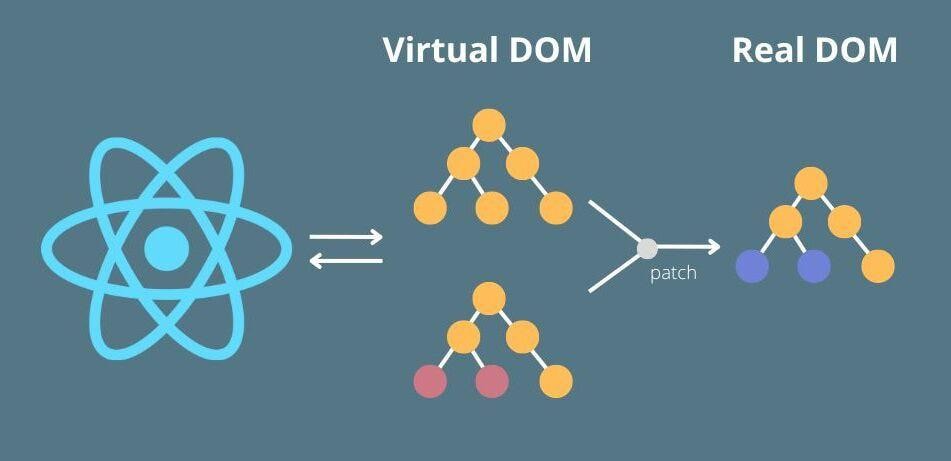Virtual DOM
The Virtual DOM (Document Object Model) is an intelligent method which web developers employ to enhance the speed and interactivity of web applications. Through it, when changes are made, instead of refreshing the whole page which is the norm with conventional systems, only the necessary aspects will be changed and not vice versa. Imagine a more basic replica of a web page done in javascript that looks almost exactly like the actual page yet works behind the curtain.
The Virtual DOM is particularly useful in instances of change within a web application. It looks at the ‘real’ page and its ‘virtual’ one and physically adds numbers to the virtual lens and determines where the changes have been effected on the conventional page and only those areas are changed. This technique is also less time consuming and less resource hungry than reloading the whole page thus enhancing the user’s over all experience. It, therefore, goes a long way to reducing the duration taken for pages to load and the proper interaction for the users especially when concerning the more sophisticated applications.
Source : https://cdn.pixabay.com/photo/2016/12/29/12/27/cyber-glasses-1938449_960_720.jpg
An aspect that developers appreciate about the Virtual DOM is that it enhances their workflows. When a modification is made, instead of applying the updates each time immediately, they can be deferred and pooled in a single update. This means the browser is not flooded with many updates, and it can process all the modifications in only one round resulting to improvement in efficiency.
Virtual DOM is very effective with web apps which are heavily content driven and require a lot of changes, for example social websites. It enables operation at high speeds but without compromising on the usability or interface of the website.
Advantages of Virtual DOM :
One more noteworthy advantage of utilizing the Virtual DOM is that it is able to perform and group alterations for maximum effectiveness. It is more efficient to use the Virtual DOM in that many changes can usually be collected and made at once, rather than one after the other by applying changes to the DOM. This practice, however, minimizes the amount of these two repetitive actions that the browser will have to do. “Repaints” and “reflows” are done most especially whenever there are changes made in the DOM; the browser has to recalculate the layout and design of the page. Since these updates are put in groups, the browser is not forced to carry out such repeated a kind of action thereby increasing the speed and flow of the process.
Source : https://cdn.pixabay.com/photo/2016/12/01/18/17/mobile-phone-1875813_1280.jpg
Additionally, the Virtual DOM greatly enhances the development experience of web developers. Because it abstracts the manipulation of the real DOM, developers are more efficient in developing features and functionality without having to worry about the performance impact of each little change. Virtual DOM is a concept that is adopted, in various forms, by frameworks such as React, Vue.js and so on so that developers do not have to bother with the DOM update of their applications through slices of code. This abstraction does not only ease the coding task but also allows the developers to craft better and more manageable codes.
Share this content:


Post Comment